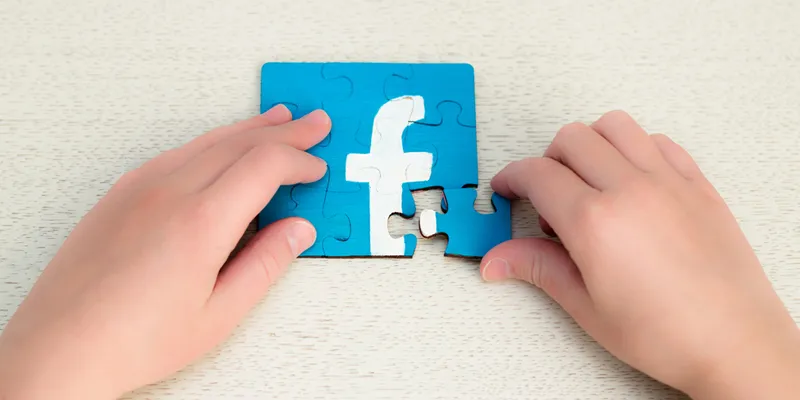Developers can now build richer 3D content for Facebook
Facebook has rolled out support for industry-standard "glTF 2.0" file format that will enable artists and creators build richer and higher-quality 3D content and share it on the platform.

"It is instantly responsive to scroll and touch, making content pop off the screen. It also opens the door for a future where people can bring interesting objects and experiences with them across Augmented Rality (AR), Virtual Reality (VR), mobile and web," Facebook wrote in a blog late on Tuesday.
Facebook recently introduced 3D posts to let people see and interact with a digital object from all sides in Facebook News Feed.
With "glTF 2.0" compliance that comes with the support for textures, lighting and realistic rendering techniques, developers can now build game or movie characters, architectural models or museum artefacts from rough to shiny, metallic to soft -- all beautifully detailed 3D art on Facebook.
The social media giant also introduced new Graph API endpoints with 3D Post support so developers can build seamless 3D sharing into any app -- letting people share interactive objects or scenes directly to Facebook with just a click.
Using the new "Open Graph" tag, developers can enable 3D content from their website to automatically appear in 3D when shared on Facebook. Artists using 3D authoring software can directly drag/drop their 3D files to Facebook to create a 3D post.
Facebook's early partners, including Sony, Lego, among others, have already implemented new ways to share 3D content on the platform.
"For instance, people can easily share 3D memories captured with an Xperia XZ1 phone via Sony's 3D Creator app. On the web, people can share objects directly from the Oculus Medium web gallery and soon from Google's Poly as well," the company said.
Some of the partners have already uploaded interactive objects on Facebook, that include a LEGO parrot, a Jurassic World dinosaur, a virtual living room from Wayfair, a handbag scanned with a Sony phone and the new Magic Archer character in Clash Royale by Supercell.
"In the future, we envision a seamless digital world where people can share immersive experiences and objects like these across VR, AR and Facebook News Feed," Facebook added.
The company would now work on supporting even higher quality 3D models, enabling interactive animations and bringing 3D content into the real world using AR.







